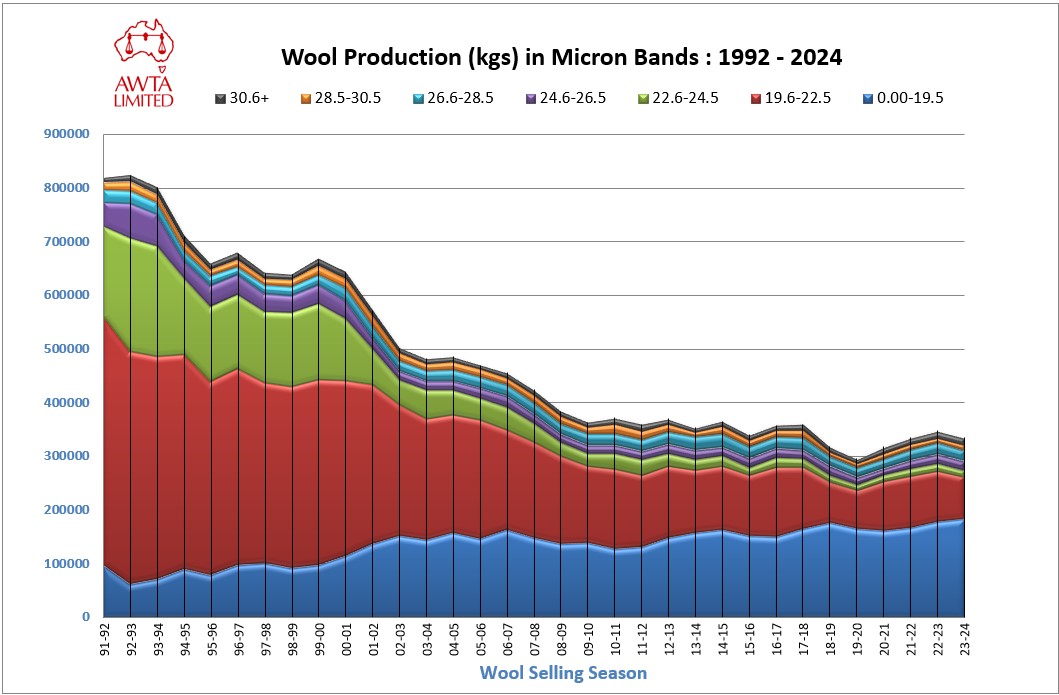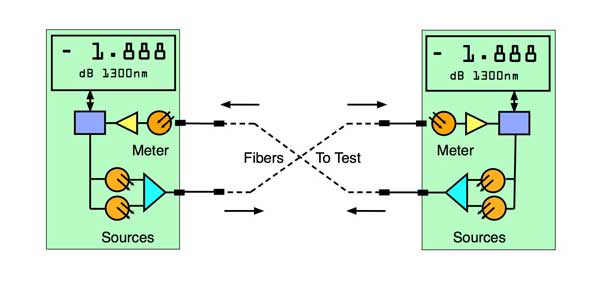Optical Fibre Diameter Analyser Devices for Lab and Field Use
Optical Fibre Diameter Analyser Devices for Lab and Field Use
Blog Article
Optimize Your Fibre Optic Efficiency: Comprehending Optical Fibre Diameter Analyser Modern Technology
The performance of fiber optic systems is seriously affected by the accuracy of their size, a variable often forgot in the pursuit of ideal signal honesty. Understanding the modern technology behind optical fiber diameter analysers exposes the elaborate equilibrium in between measurement precision and manufacturing quality. These tools not just improve conformity with sector standards however also give real-time insights that can preemptively address possible problems. The effects of their usage expand past mere dimension; they can fundamentally change the landscape of fibre optic performance. What elements should one think about to harness their complete capacity?
Value of Optical Fibre Diameter
The size of optical fiber plays a critical function in identifying the performance and effectiveness of communication systems. It affects numerous crucial criteria, including the mode of light proliferation, attenuation, and bandwidth ability. Bigger sizes normally allow for multiple light modes, promoting greater data transmission prices. On the other hand, smaller diameters tend to support less modes, which can improve signal clearness and reduce crosstalk.

Moreover, comprehending the diameter's effects can cause set you back savings by reducing the requirement for signal boosting and repeaters in extensive networks (optical fibre diameter analyser). Finally, the value of optical fibre diameter can not be overemphasized, as it straight influences the general effectiveness and dependability of modern communication systems

Exactly How Diameter Affects Signal Quality
Signal top quality in optical fiber systems pivots considerably on the diameter of the fibre. A smaller size can lead to greater depletion prices, resulting in signal loss as light trips via the fiber.
Alternatively, larger diameters typically permit boosted light capture and decreased modal diffusion, boosting signal clearness. In multimode fibres, a bigger core diameter can sustain several light settings, but it may additionally present intermodal dispersion, which can degrade signal high quality. Picking the optimal fibre size is essential for attaining the wanted performance in certain applications.
Moreover, the communication in between the fiber size and the wavelength of the light made use of plays a crucial function in establishing the effective transmission range and total signal honesty. Understanding just how fibre size affects signal quality is essential for network developers and designers striving to optimize optical fiber systems for trustworthy, high-speed information transmission.
Introduction of Size Analyser Modern Technology
In numerous optical fibre production procedures, accurate dimension of fiber size is important for ensuring regular performance and quality (optical fibre diameter analyser). Size analysers are advanced tools created to assess the physical measurements of optical fibres with high precision. They use innovative optical and laser technologies to determine the size, ovality, and concentricity of the fibre, hence giving essential information for top quality control
These analysers can operate in-line during the manufacturing procedure or as component of off-line screening procedures. In-line systems allow real-time monitoring, enabling producers to readjust criteria quickly, consequently maintaining ideal production conditions. Off-line analysers, on the other hand, offer thorough analyses of batches, making certain that any kind of variances from specified tolerances are identified and resolved.
Diameter analysers significantly contribute to the decrease of flaws in optical fibres, boosting total item dependability. By constantly measuring vital specifications, these technologies facilitate compliance with market requirements and specifications. As the demand for high-performance optical fibers remains to increase, the function of diameter analysers ends up being progressively crucial in accomplishing the wanted top quality and efficiency standards in fiber optic systems.
Key Functions of Fiber Diameter Analysers
Although different versions of fiber size analysers exist, they generally share several vital features that enhance their capability and dependability. Among one of the most substantial functions is high-resolution dimension abilities, Web Site which make certain exact diameter readings, critical for keeping quality assurance in fibre production. Furthermore, many analysers integrate advanced optical sensing units designed to detect minute variations in fiber diameter, hence supplying very useful information for procedure optimization.
One more vital function is real-time monitoring, permitting operators to obtain prompt feedback on fibre size throughout the production procedure (optical fibre diameter analyser). This capacity assists in quick changes and minimizes the likelihood of issues. Lots of analysers likewise come geared up with easy to use user interfaces, making it possible for drivers to quickly browse via settings and information outputs
In addition, durable information storage space and evaluation capabilities are necessary for tracking historical efficiency patterns and guaranteeing compliance with sector requirements. Some designs also provide connectivity options for combination right into existing production control systems, improving general functional effectiveness. Portable and compact styles permit for versatile implementation within manufacturing environments, making certain that top quality assurance processes are smooth and reliable. These attributes jointly contribute to the efficiency of fibre size analysers in enhancing fibre optic efficiency.
Best Practices for Fiber Optimization

First, routine calibration of optical fiber size analysers is crucial. This ensures exact dimensions and lessens possible disparities that could impact efficiency. Next, preserving a tidy working setting is important; dirt and impurities can bring about signal destruction.
Furthermore, it is necessary to pick fibres that meet details application needs. This involves reviewing factors such as depletion, data transfer, and ecological problems. Correct installation strategies need to likewise be stuck to, consisting of staying clear of sharp bends and excessive tension, which can endanger fibre honesty.
Additionally, using advanced tracking systems can help with real-time efficiency assessments, making it possible for prompt identification of concerns. Routine testing and maintenance should be carried out to ensure that fibers stay within optimum functional criteria.
Finally, training personnel on the current fiber optimization technologies and approaches will certainly enhance their ability to apply efficient techniques. By complying with these finest practices, organizations can considerably enhance the efficiency and life expectancy of their optical fibre systems, ensuring efficient interaction and data transfer.
Final Thought
To conclude, the combination of optical fiber size analyser innovation is essential for optimizing fibre optic performance. By making certain exact measurements of fibre measurements, these analysers substantially boost signal quality and lower losses throughout data transmission. Routine calibration and maintenance of the analysers are essential to support optimal efficiency and conformity with market criteria. Eventually, the her latest blog application of this technology promotes boosted information transmission rates and reinforces signal stability, adding to the Your Domain Name general performance of fibre optic systems.
Signal quality in optical fibre systems hinges substantially on the size of the fiber.In lots of optical fiber production procedures, precise measurement of fiber diameter is vital for guaranteeing constant efficiency and high quality. As the need for high-performance optical fibers proceeds to climb, the role of size analysers ends up being increasingly essential in accomplishing the wanted quality and efficiency criteria in fiber optic systems.
These features collectively contribute to the efficacy of fiber size analysers in optimizing fibre optic efficiency.
In conclusion, the assimilation of optical fiber size analyser technology is important for maximizing fibre optic performance.
Report this page